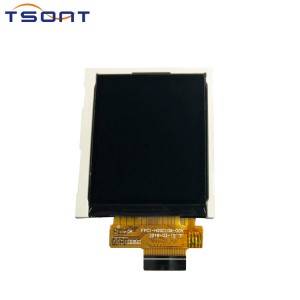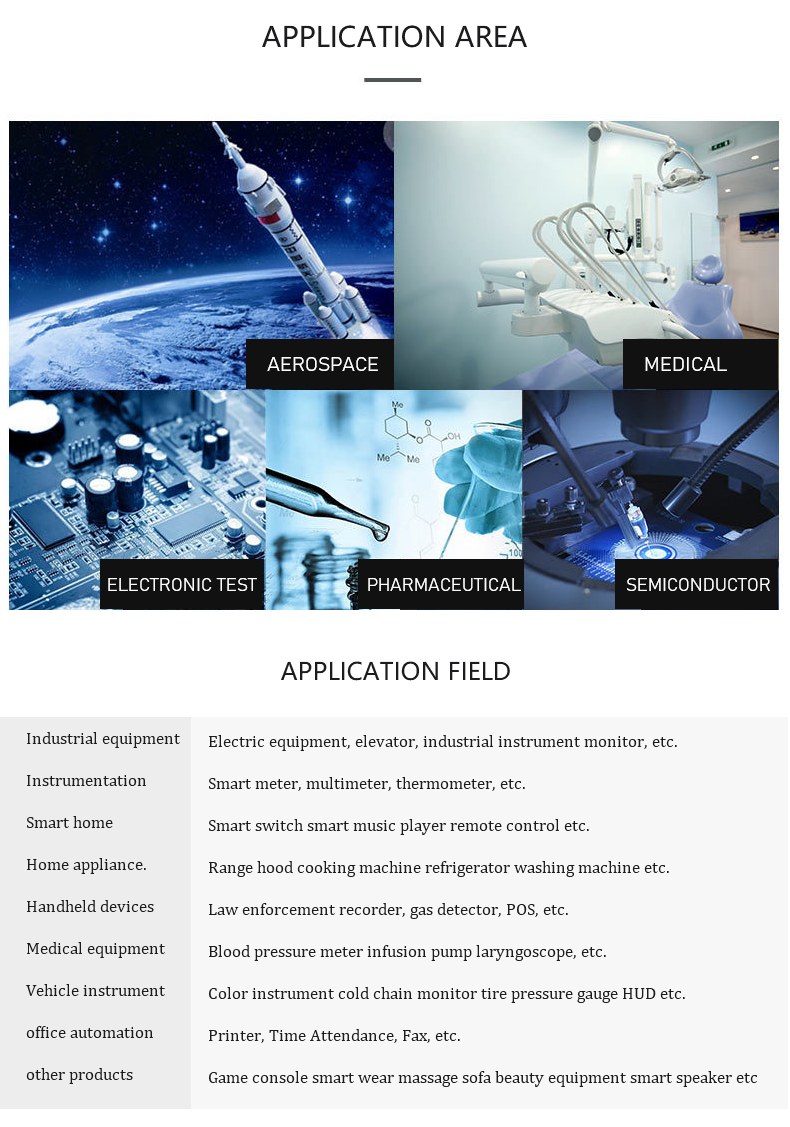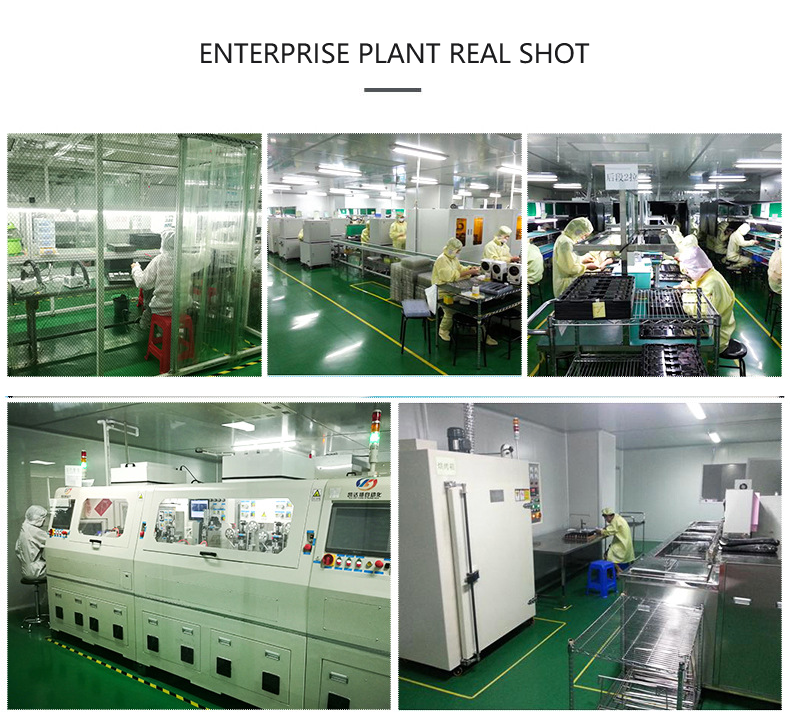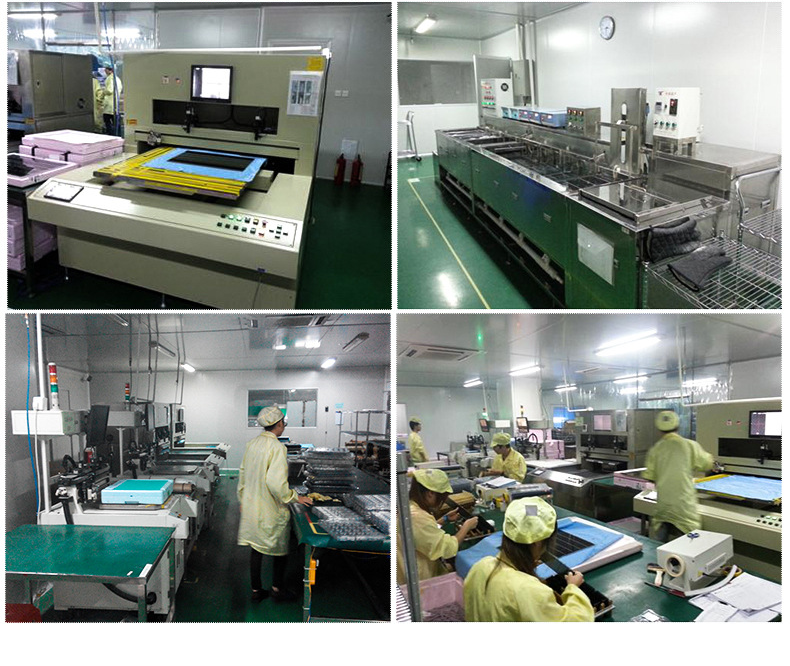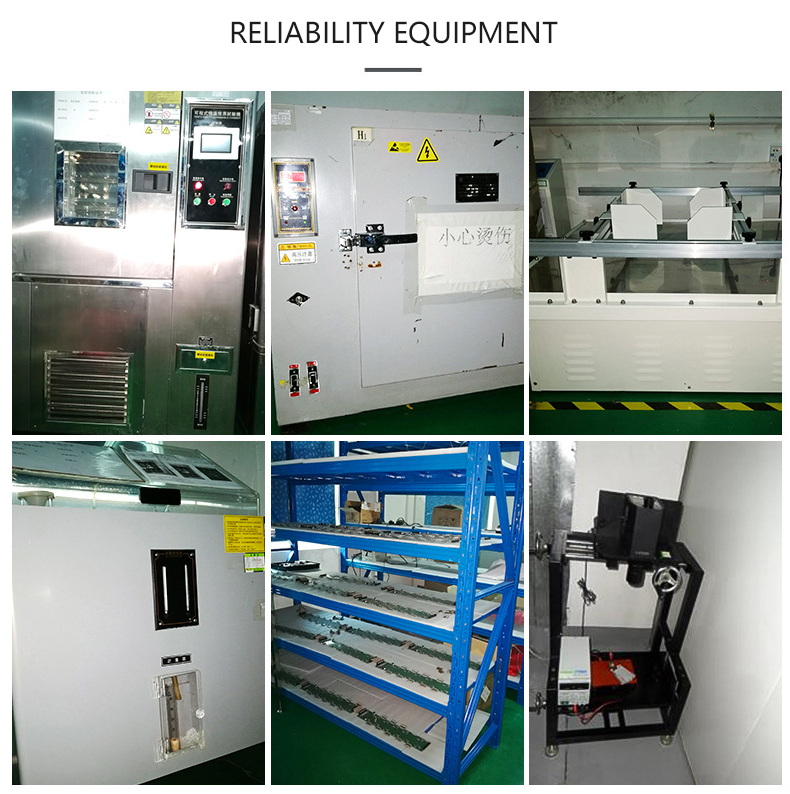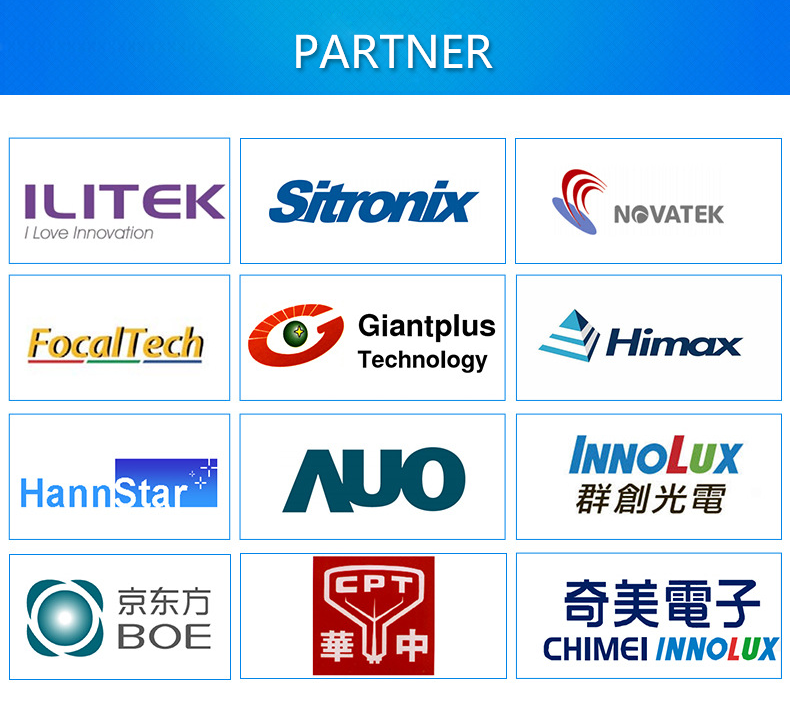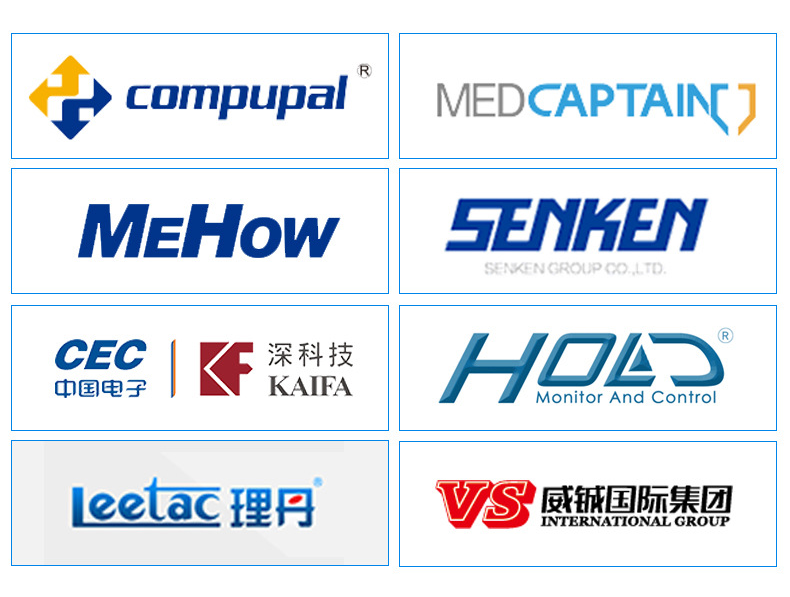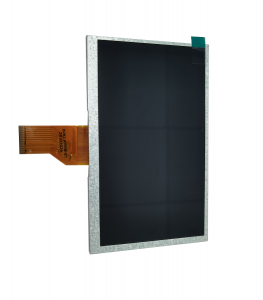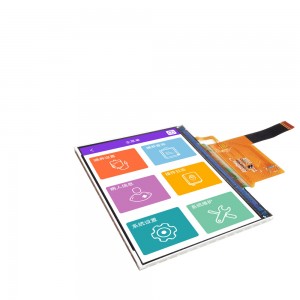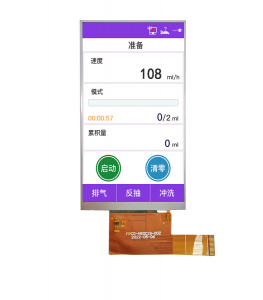| Item | Typical value | Unit |
| Size | 2.0 | Inch |
| Resolution | 176RGB*220dots | - |
| Outling dimension | 41.50(W)*49.10(H)*2.4(T) | mm |
| Viewing area | 31.68(W)*39.6(H) | mm |
| Type | TFT | |
| Viewing direction | 12 O’ Clock | |
| Connection type: | COG + FPC | |
| Operating temperature: | -20℃ -70℃ | |
| Storage temperature: | -30℃ -80℃ | |
| Driver IC: | ILI9225G | |
| Interfce type: | MCU&SPI | |
| Brightness: | 200 CD/㎡ | |
How LCDs work
At present, most of the liquid crystal display technologies are based on the three technologies of TN, STN, and TFT. Therefore, we will discuss their operating principles from these three technologies. The TN type liquid crystal display technology can be said to be the most basic of liquid crystal displays, and other types of liquid crystal displays can also be said to be improved with the TN type as the origin. Similarly, its operation principle is simpler than other technologies. Please refer to the pictures below. Shown in the figure is a simple structure diagram of a TN liquid crystal display, including polarizers in the vertical and horizontal directions, an alignment film with fine grooves, a liquid crystal material, and a conductive glass substrate. The development principle is that the liquid crystal material is placed between two transparent conductive glasses with a vertical polarizer attached to the optical axis, and the liquid crystal molecules are sequentially rotated according to the direction of the fine grooves of the alignment film. If the electric field is not formed, the light will be smooth. It enters from the polarizing plate, rotates its traveling direction according to the liquid crystal molecules, and then exits from the other side. If two pieces of conductive glass are energized, an electric field will be created between the two pieces of glass, which will affect the alignment of the liquid crystal molecules between them, which will cause the molecular rods to twist, and the light will not be able to penetrate, thereby blocking the light source. The phenomenon of light-dark contrast obtained in this way is called a twisted nematic field effect, or TNFE (twisted nematic field effect) for short. The liquid crystal displays used in electronic products are almost all made of liquid crystal displays using the principle of twisted nematic field effect. The display principle of the STN type is similar. The difference is that the liquid crystal molecules of the TN twisted nematic field effect rotate the incident light by 90 degrees, while the STN super twisted nematic field effect rotates the incident light by 180 to 270 degrees. It should be explained here that the simple TN liquid crystal display itself has only two cases of light and dark (or black and white), and there is no way to change the color. STN liquid crystal displays involve the relationship between liquid crystal materials and the phenomenon of interference of light, so the hue of the display is mainly light green and orange. However, if a color filter is added to a conventional monochrome STN LCD, and any pixel (pixel) of the monochrome display matrix is divided into three sub-pixels, the color filters are passed through The film displays the three primary colors of red, green, and blue, and then the color of the full-color mode can also be displayed by adjusting the proportion of the three primary colors. In addition, the larger the screen size of a TN-type LCD, the lower the screen contrast, but with the improved technology of STN, it can make up for the lack of contrast.



